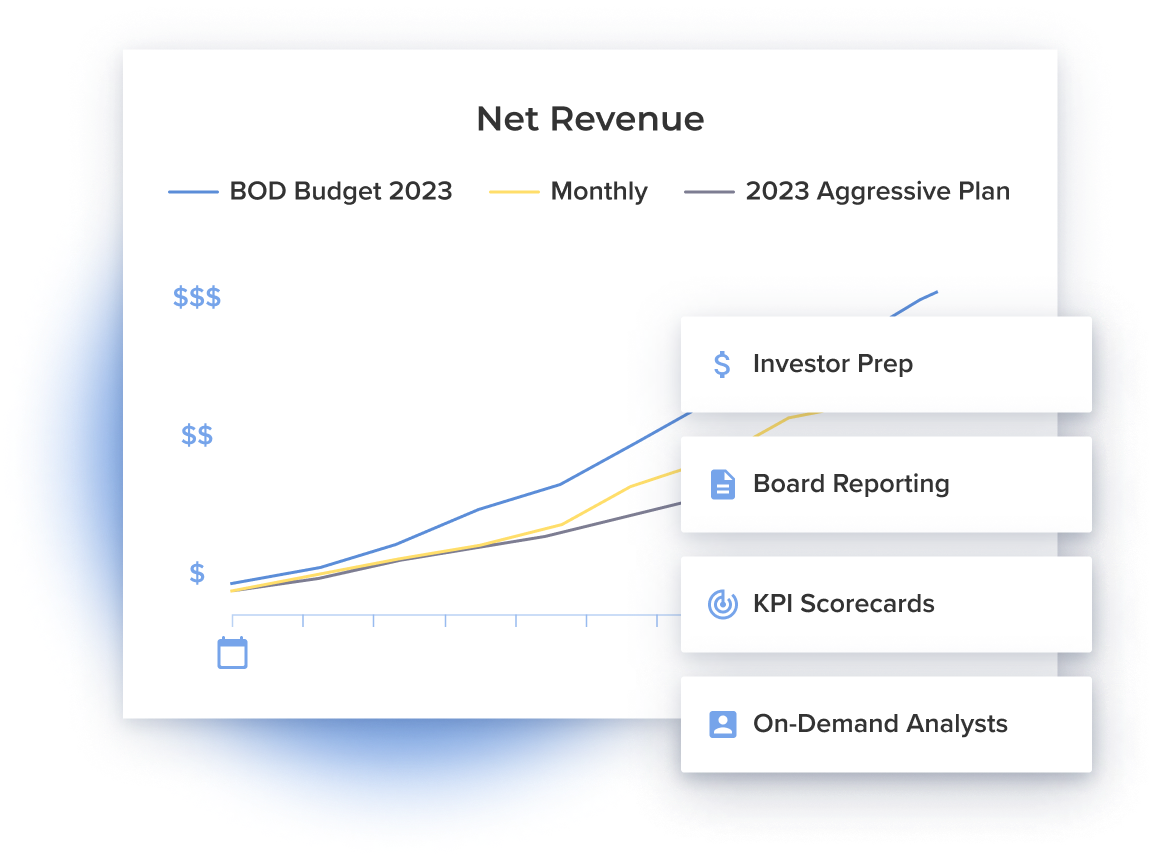Private Equity
With few exceptions, private equity firms are looking to buy later-stage, profitable companies. Like other institutional investors, PE firms are concerned about a company’s exit. The nice thing about PE, however, is that their ideal exit is often a sale to another PE firm. Exits also happen to strategic acquirers or public markets.
PE also almost always means majority ownership. When founders take PE, they are usually giving control of the company to the PE firm. The founder may still serve as C-suite and on the board, but when push comes to shove, they are just employees with valuable equity packages.
PE has one basic play in its playbook: Take a company that’s profitable (or near profitable) and then try to rapidly increase that company’s valuation through increasing sales, profits, and strategic value. The goal is to quickly build the company into something bigger, which the PE firm will then look to sell to someone else.
The means of this increase in value will often be a maniacal focus on profitability. (Say goodbye to any employees with inflated salaries!) To increase sales, PE firms will focus on:
- Expanding teams, product lines, and geographies.
- Acquisitions. (Why spend time and money to build something if you can just buy it?)
PE firms are less concerned about the 10X and 20X return we see with VCs. That’s because of the nature of these investments. PE funds are investing in theoretically lower-risk companies (profitable, later-stage), and they like to use debt to fund their acquisitions and capital investments.
Here’s an illustration of how this works: Say a PE fund buys a company for $100 million. The PE fund may actually have only invested $20 million from their fund, and then borrowed the remaining $80 million needed. This leverage allows them to significantly juice their returns on their $20 million.
In this example, let’s say the PE fund turns around and sells the company for $200 million a year later. If they had paid all cash, they would have earned a 100% return on their money. Not bad for a year’s work! But because they borrowed most of the money, they instead earned a 900% return (I am ignoring the nominal cost of that debt in this calculation.) And now you know why PE guys fly private.
Pros:
- PE can provide lots of capital to help you reach your full potential. For the founder who knows they can dominate their market or the world, PE is often a good source of capital to help them do it.
- Secondary is often part of the deal, which means founders can sell some of their stock to the PE fund and turn it into cash.
- PE funds demand discipline. Any sloppy, wasteful habits or poor uses of capital will almost certainly be eliminated post haste.
Cons:
- Founders become mere employees. They may still retain their titles, but ultimately, if they don’t do what the PE fund wants, they will get fired. If you have spent your career at a huge enterprise corporation like IBM, you may not be surprised by that. But founders, by nature, are usually highly independent and not accustomed to or interested in taking orders from others. Suddenly not being 100% in control can be very difficult for these personality types, and it’s important to have self-awareness about whether this applies to you (and whether the trade-off is worth it).
- PE Funds are also notorious for over-leveraging (Hey, why get a 2X return when I could get a 10X return with just a little more leverage?). There are numerous examples of over-leveraged companies cratering when things don’t work out the way the Excel models said they would.
- You’re along for the ride — wherever that ride takes you. Say you sell your DTC company to the PE fund that spends a ton of time wining and dining you. You build trust and assume you’ll have a long-term relationship with that fund. That could all change in an instant if the PE fund decides to sell off the company. At that point, you’ll be working with strangers — they could be from another PE fund, or your biggest rival. Again, you have to know yourself and whether this potential outcome would be a deal-breaker for you.
Best For:
- Founders looking for some liquidity and cash but who still want to be involved and help grow the business.
Pairs With:
- Sponsor-focused banks
- Credit funds
- Mezzanine debt



